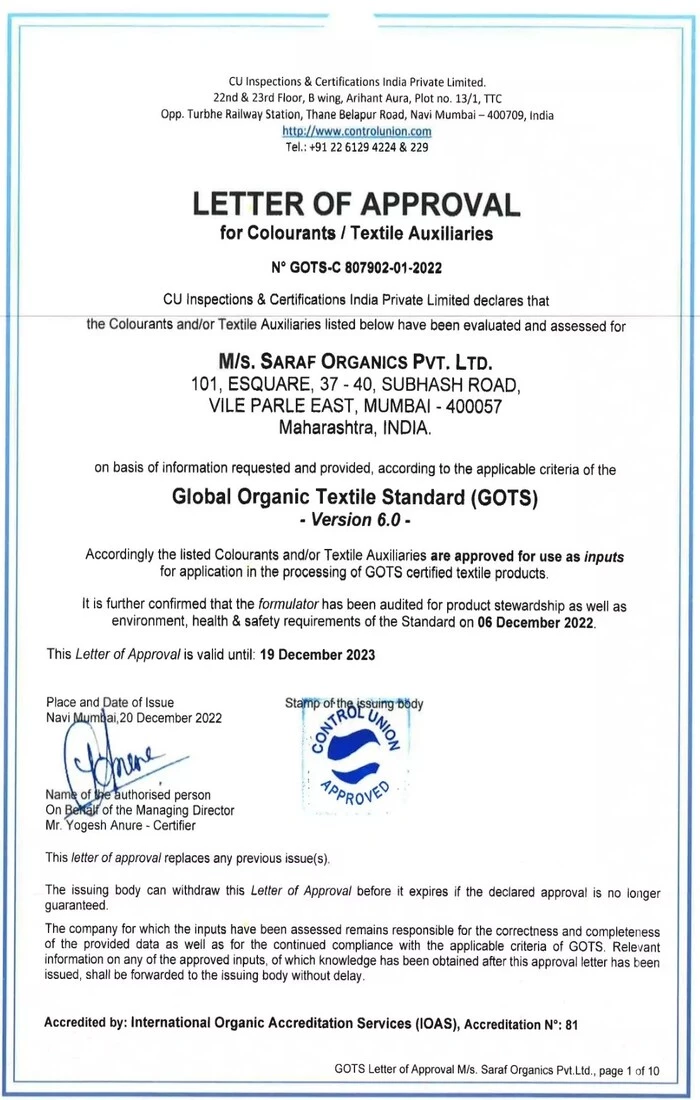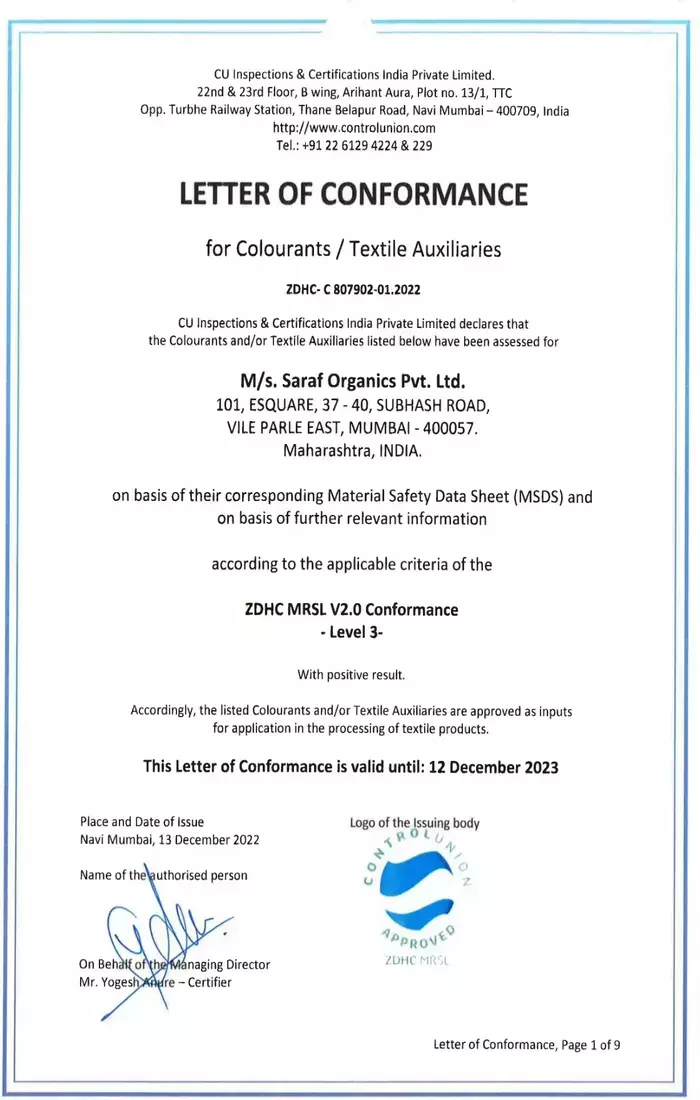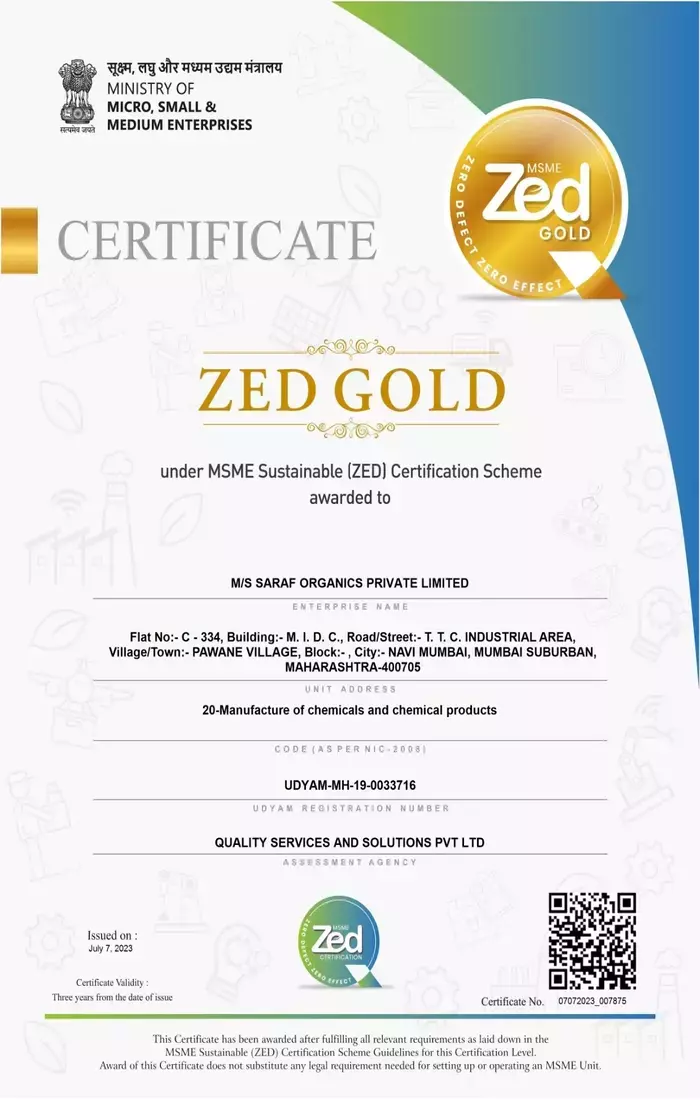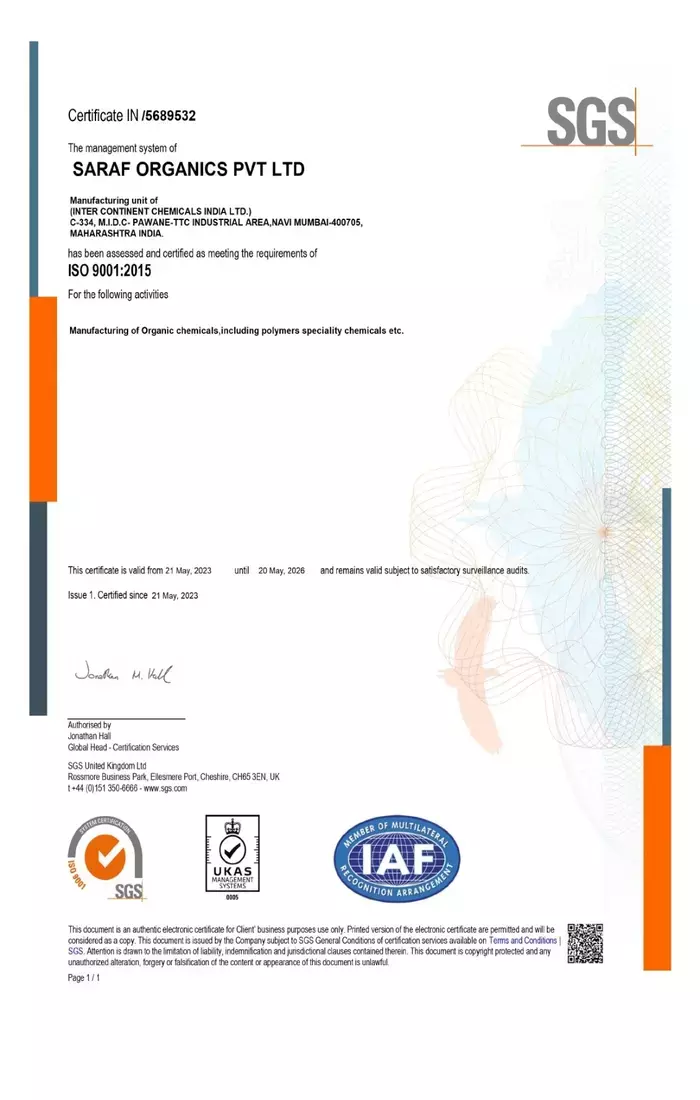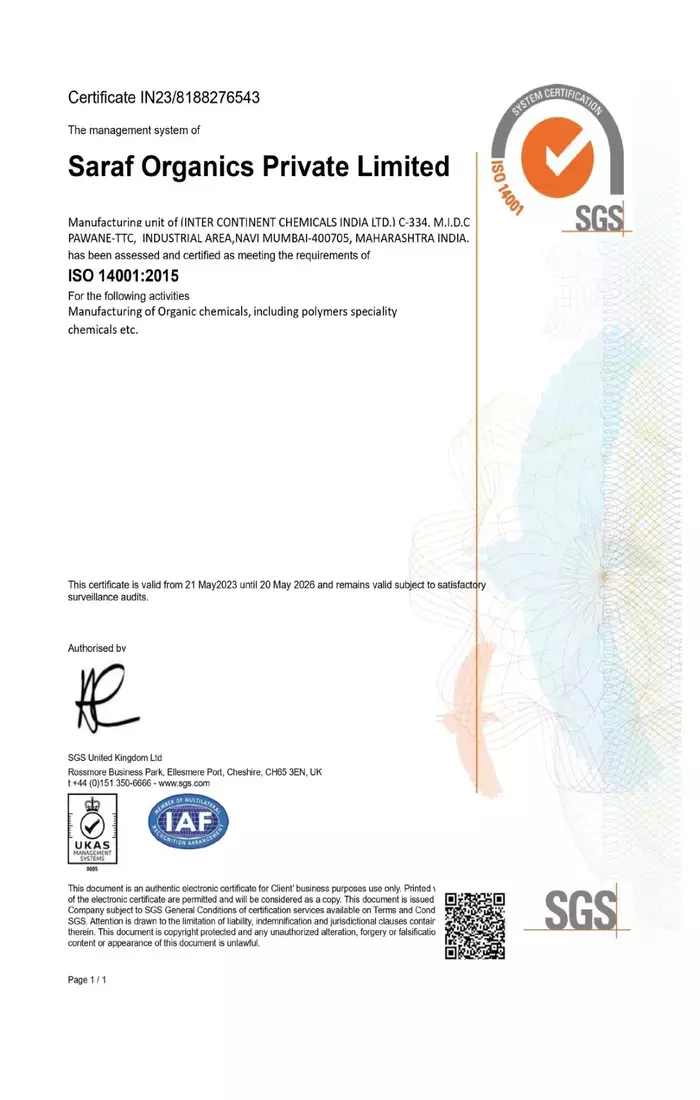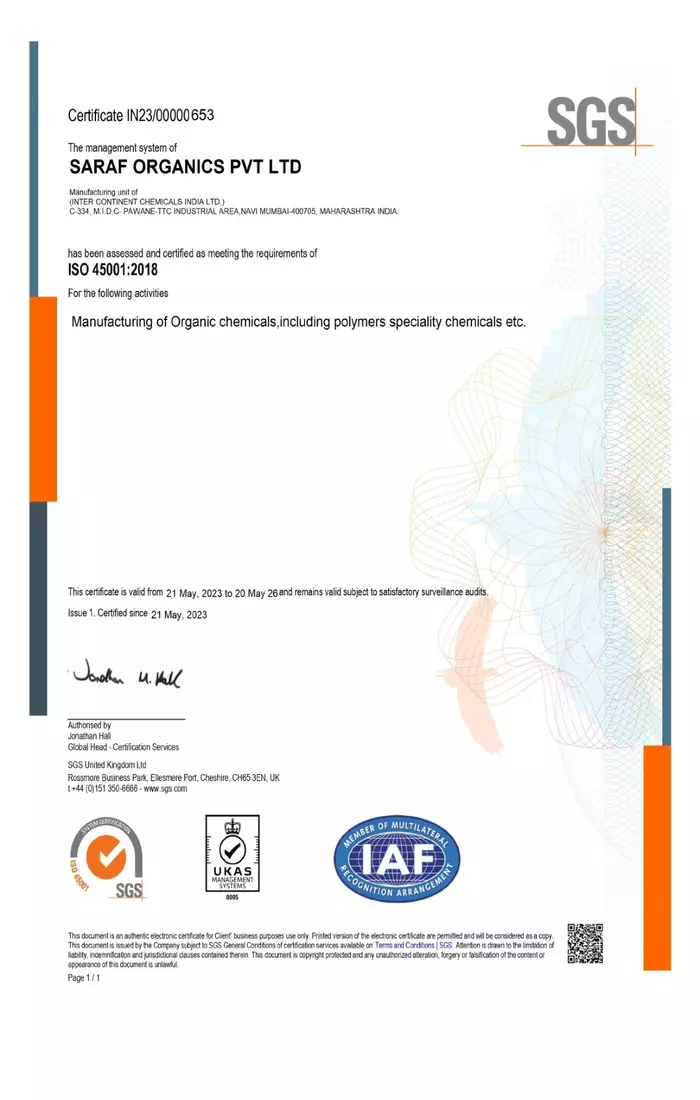When considering water repellent finishes for co-water repellency (e.g. for treating cowhide or
leather), some of the aforementioned technologies may be applicable. For leather, it's common to use
specific water-repellent treatments designed for the unique properties of the material. Leather
waterproofing agents often contain waxes, silicones, or other hydrophobic compounds to protect
against moisture.
It's important to note that the choice of water repellent depends on the specific characteristics of
the textile or leather, the desired level of water resistance, and the intended end-use of the
product. Additionally, advancements in sustainable and eco-friendly water-repellent technologies are
gaining attention in the textile industry.



